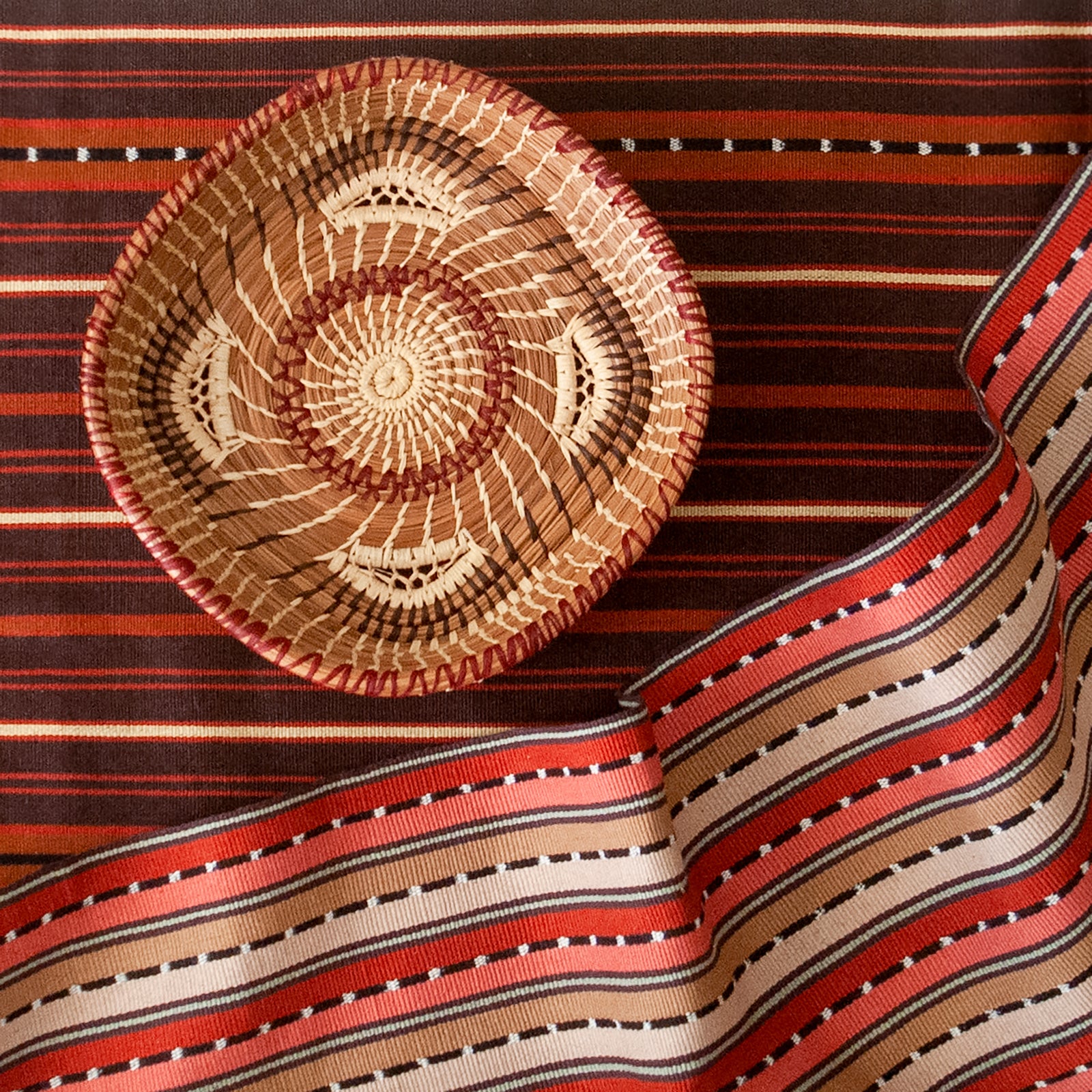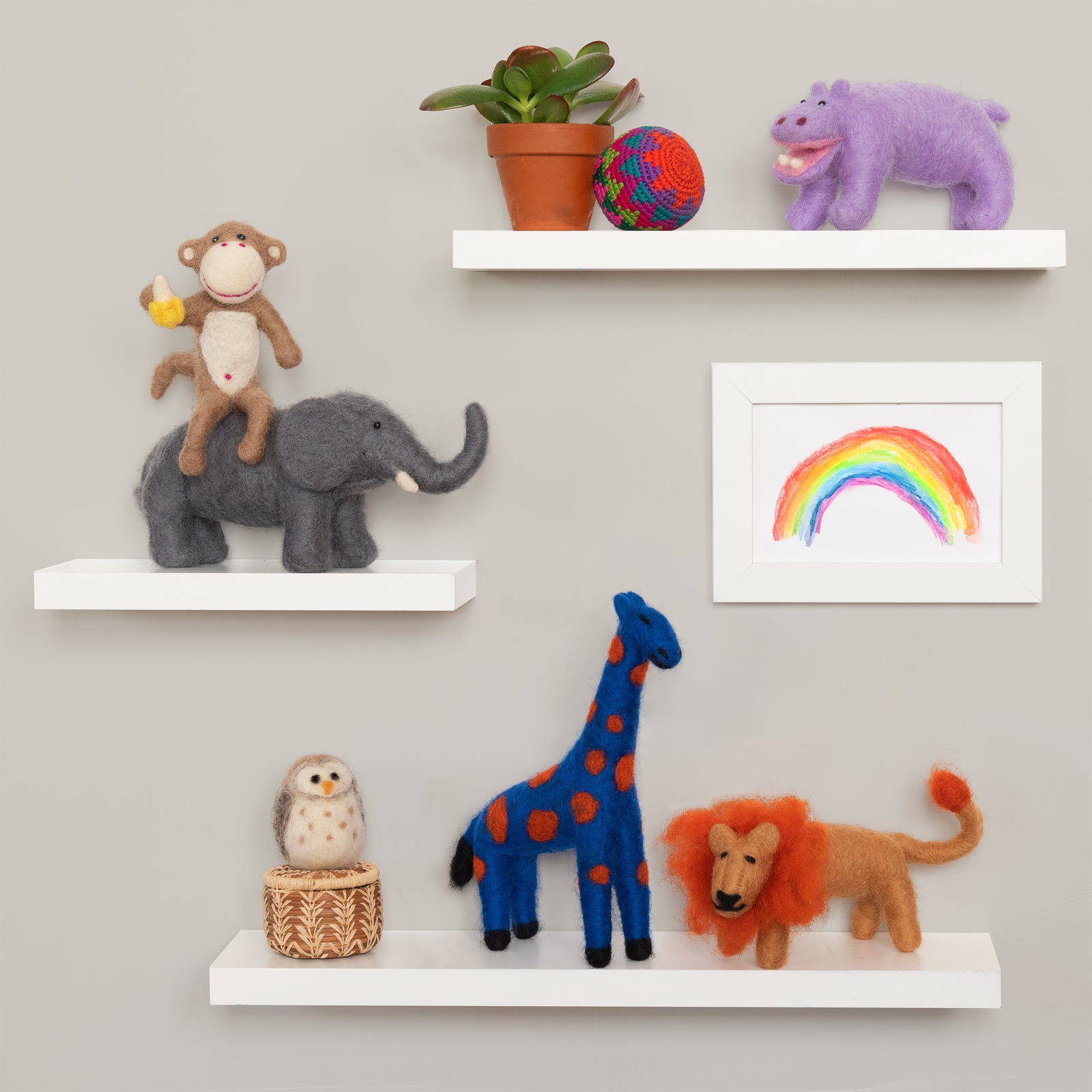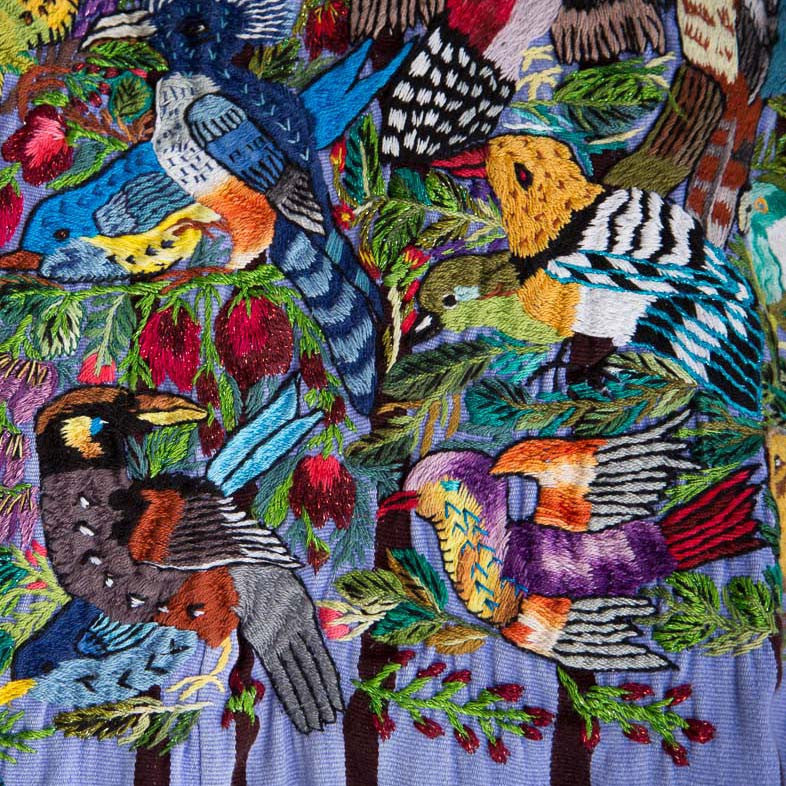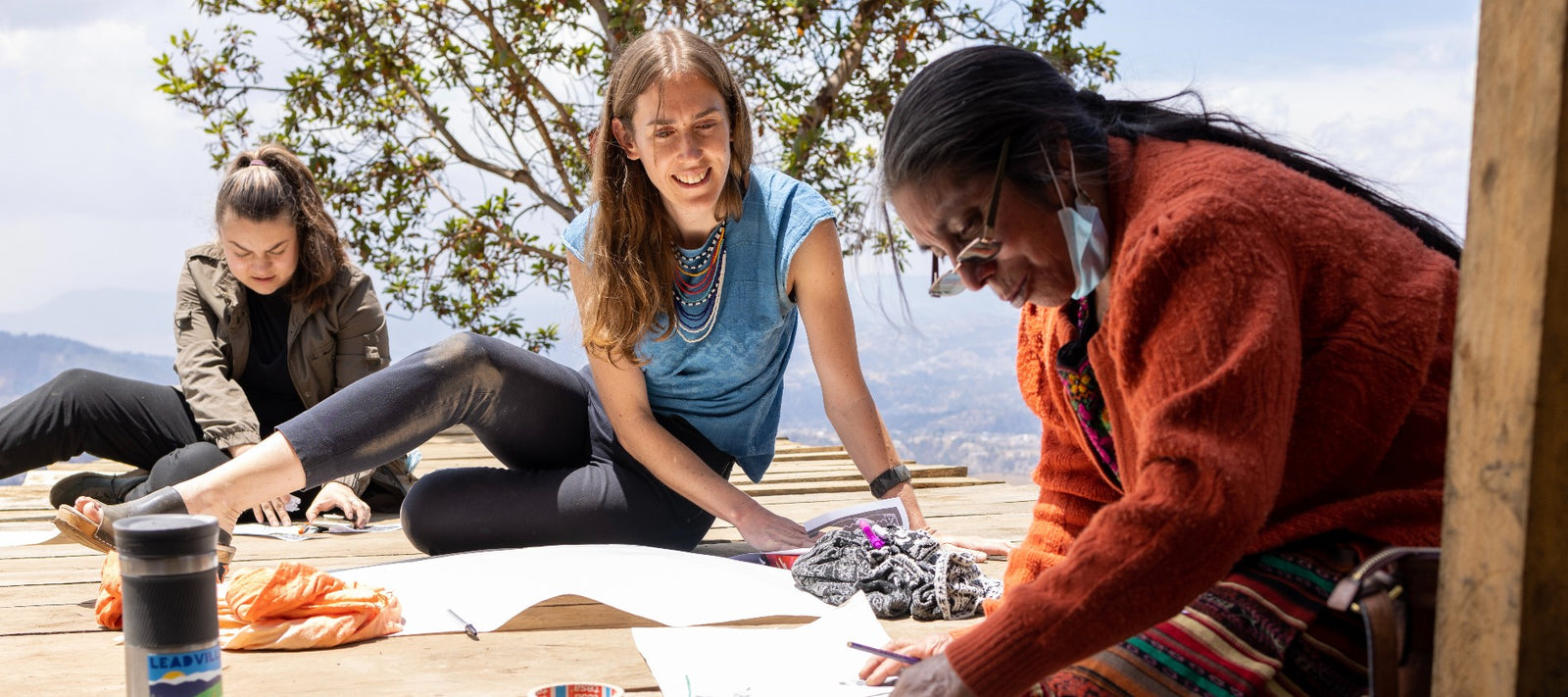The following article by Mayan Hands founder Brenda Rosenbaum appeared in the Summer 2014 newsletter of Weave a Real Peace (WARP), a networking organization of weavers, academics, and interested supporters who value the importance of textiles to communities around the world.

”I would rather burn my huipil than sell it like that… The warmth it would provide has more value than the few quetzales they would give me for it." (Catarina B.)
There are many forces threatening the survival of Mayan back-strap loom weaving today. A particularly pernicious current practice is that of buying huipiles (Mayan women’s blouses) for pennies, and “cutting and pasting” them (disregarding their integrity) into handbags, purses, shoes, jackets, etc., to sell in the tourist and international markets.
For the past 3500 years, the world has admired the magnificent cloth Mayan women create on the humble back strap loom. Huipiles represent the pinnacle of technical complexity and symbolic density of back-strap loom weaving. Walter Morris’ studies of Highland Chiapas huipiles argue for the continuity of ancient symbols. Indeed, he says, there are hidden worlds portrayed in modern huipiles: when a woman dons her huipil, she positions herself in the center of the universe, i.e. the diamond pattern around the neckline, which symbolizes the universe. “Wearing a huipil,” says Irma Otzoy, a Mayan anthropologist, “we are saying to ourselves and others, I am Maya, we are Maya, and we will continue being Maya.”
The current popularity of products made with huipiles has given rise to a renewed and intense exploitation of Mayan women’s work. Mayan women are the poorest of the poor in Guatemalan society, with few opportunities for an education or earning a living. Weaving continues to be the only source of income available to most of them. If weavers were able to sell, at a fair price, the thousands of huipiles piled up in Guatemalan markets and made into products, we would see prosperity in their communities. Instead, we see deepening poverty and, often, despair: the voice from the larger society—echoing through the centuries—deeming their work and skill, and the culture that generates these, as worthless.
I worked with Linda Asturias and Lucia Jimenez, Guatemalan anthropologists, to interview women from different Mayan communities and learn more about this practice. Even though the huipiles of each community are not comparable regarding the complexity of their designs, their techniques, and the time required to weave one, we heard this story repeatedly: buyers (mostly women) from Chichicastenango, travel to the villages, walk from house to house, and pressure the women to sell their huipiles. They pay most often Q25 ($3) for a huipil in good condition; in some cases, they will pay as much as Q40 ($5) for an outstanding one. They also buy blouses made of commercial cloth with profuse hand embroidery on them, paying Q5 ($0.60) or even Q1 ($0.13) for these. “Normal” prices for used huipils, in good condition, (that a Mayan woman might buy), would be between Q400 ($50) to Q1500 ($200). The time to weave a huipil varies greatly, between several weeks and several months (or even a year), according again to its complexity and the hours a woman can devote to weaving daily.
Why would women sell their huipiles for such a miserable return? They sell because of a pressing need: a sick child in need of medicine, a school payment, or to put food on the table. Mayan women with other sources of income commented they would never sell their huipil for that price. Many who sell their huipiles will never weave or buy one again, buying instead a simple blouse.
What happens with the thousands of huipiles purchased in this way? Middlemen sell them to business owners who will sew them into products and market them. One of our interviewees commented that they are often sold by middlemen, not by unit, but by weight.
To add insult to injury, to make them more attractive to customers, these products are wrapped in a cloak of virtue, presented as “recycled” products. What an egregious distortion! A recycled product is one that has been salvaged from the trash. By contrast, the purchased huipiles are almost new or in good condition and women can wear them for many more years. A huipil can last up to 15 years if a woman has more than one; if she has only one, it lasts between 5 and 7 years. These are definitely not “recycled huipiles,", we should call them instead “embezzled huipiles.”









Leave a comment (all fields required)